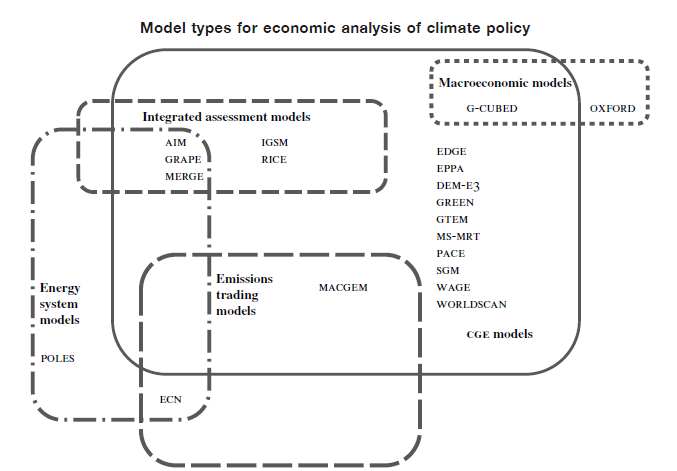ReFi Protocols
Kyoto¶
While the Kyoto Protocol provided a framework for reducing the greenhouse gas emissions of industrialized nations, current climate change negotiations envisage future commitments for major co2 emitters among developing countries. This document uses an updated version of the [[gtap]]-e general equilibrium model to analyse the economic implications of reducing carbon emissions under different carbon trading scenarios [20].
we formulate four primary scenarios [20]:
- Kyoto Protocol without emissions trading (Kyontr),
- Kyoto Protocol with emissions trading between Annex I countries (Kyotr),
- Kyoto Protocol with emissions trading between Annex I countries and participation by some developing countries (Kyotr3 and Kyotrla),
- Kyoto Protocol with worldwide emissions trading (Kyowtr).
The [[Kyoto]] Protocol has established three main market mechanisms for reducing greenhouse gases [20]:
- international emissions trading among participating parties (Annex I countries) in the carbon market, where countries with emissions lower than their targets are able to sell those emissions to countries that are over their targets [20].
- Joint Implementation, which allows Annex I countries to invest in projects that reduce greenhouse gas emissions in other Annex I countries and have the credits generated by those projects count towards their emissions reduction commitment [20].
- the Clean Development Mechanism, which allows Annex I countries to invest in emissions reduction projects in developing countries and have credits generated from those projects count towards their Kyoto Protocol commitments. The Kyoto Protocol and Marrakesh Accords established a system of emissions trading among 37 developed and transition economies that represented about 29% of all the world’s co2 emissions in 2004 (wri, 2008) [20].
